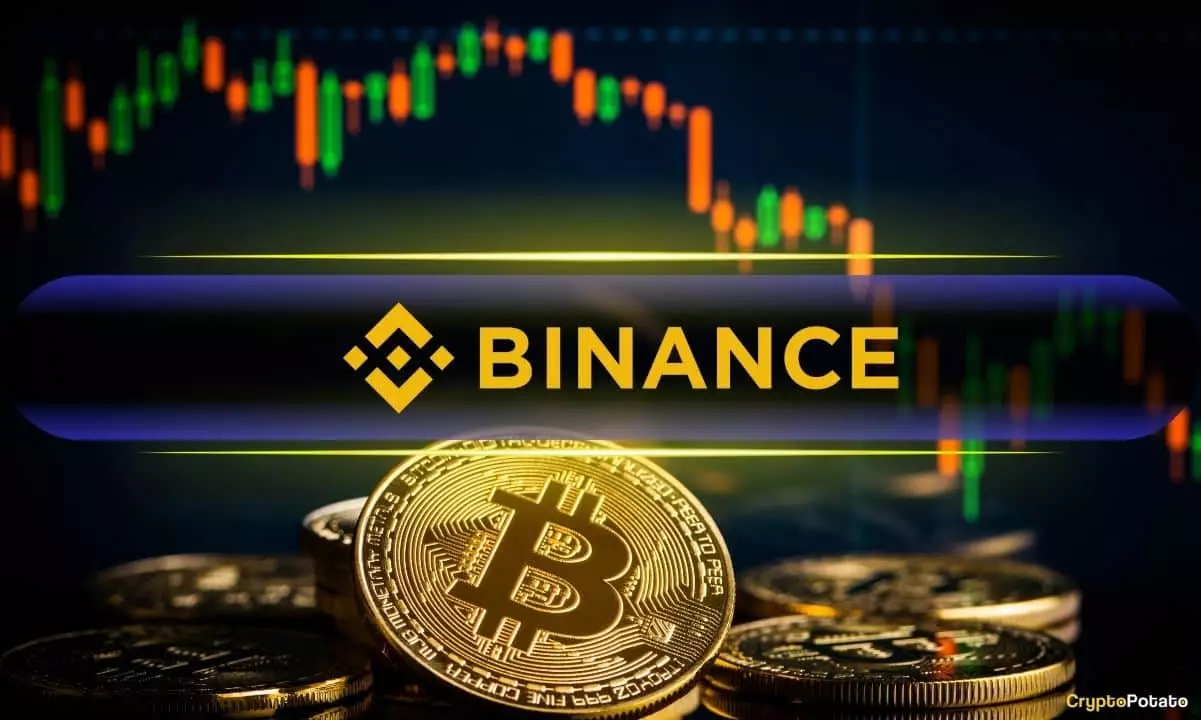In a market characterized by volatility and rampant skepticism, Binance has managed to carve a noteworthy niche, most recently demonstrated by its sustained reserve ratio above 100% for an astonishing 30 consecutive months. This isn’t just a number; it’s a statement amid a backdrop of financial mismanagement exemplified by the FTX debacle that sent ripples through the entire cryptocurrency ecosystem. Holding a staggering 616,886 BTC against customer balances of 604,410 BTC showcases a reserve ratio of 102%, reflecting an asset-backed environment that should instill confidence in even the most jaded investor.
The impressive reserve figures arise in part from Binance’s proactive response to the FTX collapse, showcasing its commitment to restoring trust through transparency. By releasing monthly proof-of-reserve reports, Binance sets itself apart from competitors that have been less open about their financial practices. It’s not just about numbers; it’s about changing the narrative in a post-FTX world and cementing Binance’s position as a bastion of stability.
The Role of Expert Validation in Building Trust
Companies often tout their reliability and transparency, but few undergo the rigorous validation process that Binance has embraced. Analysts such as CryptoQuant’s Maartun are stepping in to confirm the accuracy of Binance’s claims, affirming the consistent reserve ratio above 100% since late 2022. The involvement of independent third-party auditors like Mazars lends additional credibility to Binance’s assertions, standing in stark contrast to a marketplace fraught with doubts.
While critics within the industry argue that proof-of-reserve reports overlook significant liabilities, Binance’s sound financial strategy seems to mitigate such concerns. The exchange’s commitment to transparency not only reassures clients but also plays a critical role in stabilizing the broader market. The cryptocurrency realm thrives on sentiment, and Binance’s shining example of reliable asset management could be the cornerstone of a renewed trust in centralized exchanges.
Stablecoin Reserves and BNB Token Stability
Beyond Bitcoin, Binance’s financial landscape exudes health with a reported stablecoin reserve exceeding $31 billion at the start of the year. This nearly fivefold increase from mid-2023 indicates robust liquidity, attracting institutional investors who are becoming increasingly selective about which platforms to trust. In an environment where financial backing is paramount, Binance’s ability to secure such lofty stablecoin reserves positions it as an attractive option in a crowded market.
Simultaneously, the performance of Binance’s native BNB token has seen steady growth, indicating market validation of its business strategy. Even with slight underperformance compared to overall market trends, a recent uptick of 11.4% over the past month evidences a resilient asset. The token’s trajectory appears poised to recover ground lost during tumultuous market conditions, reinforcing the confidence of both casual investors and institutional stakeholders alike.
The picture is complex but clear: Binance is not just a player in the crypto market; it’s shaping the narrative and standards for how exchanges should operate. This 30-month streak isn’t merely a testament to sound financial practices; it’s a beacon that emphasizes the value of transparency and rigorous validation in a landscape still recovering from shockwaves of distrust.
The implications for the broader crypto community are swift and meaningful. As Binance paves the way for norms rooted in accountability and sound practice, competitors will be compelled to follow suit. If they don’t, they risk being left behind in a market that is learning to value integrity as much as it does technological innovation.













